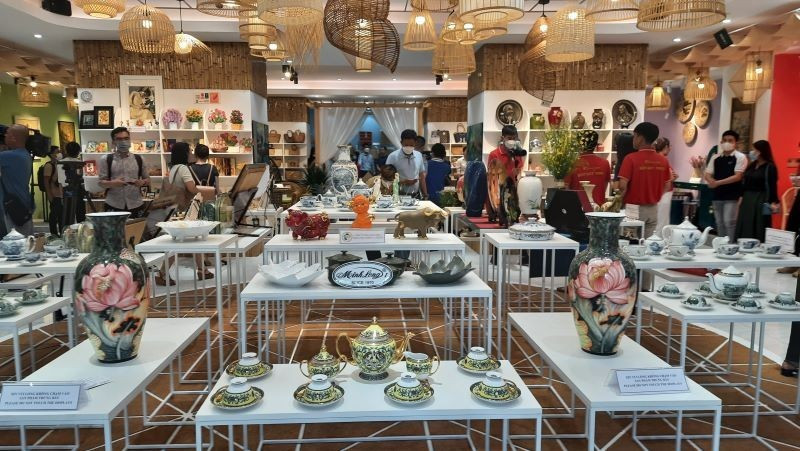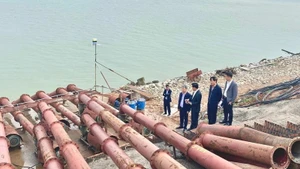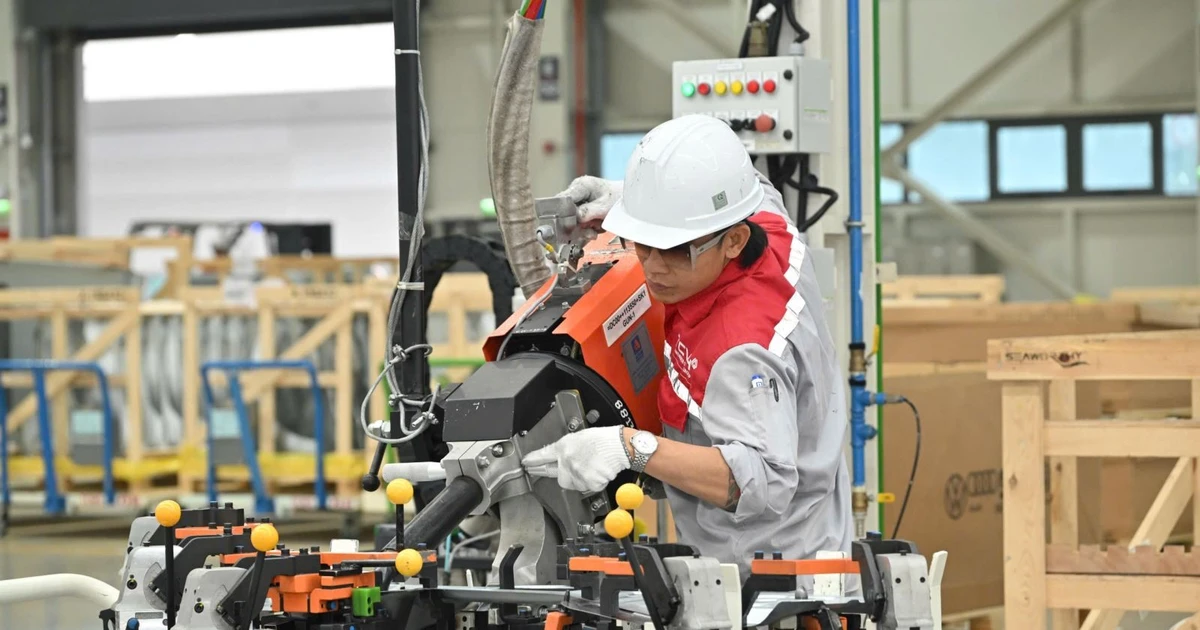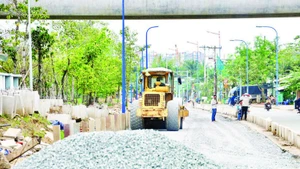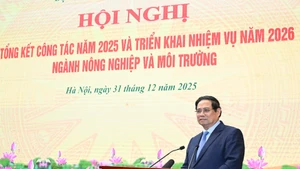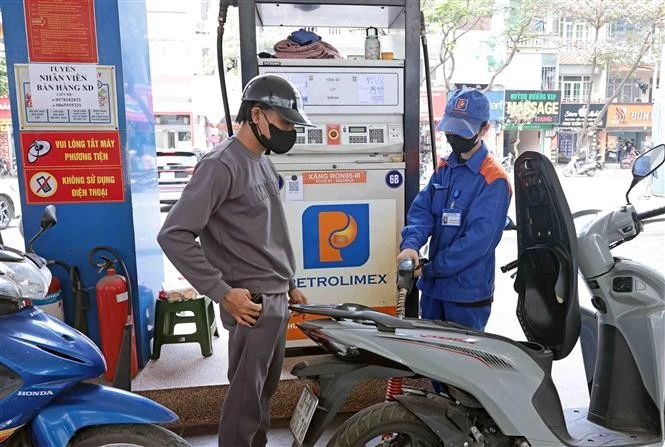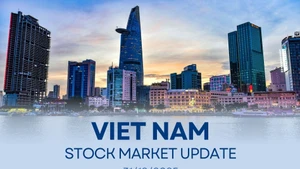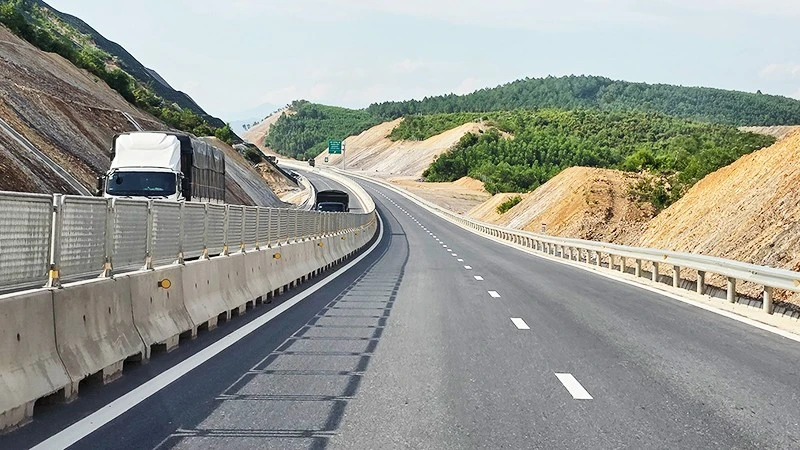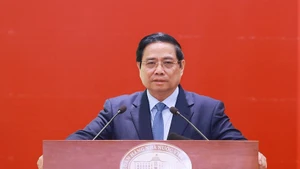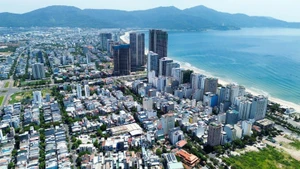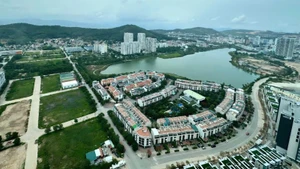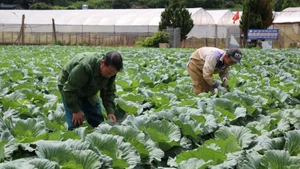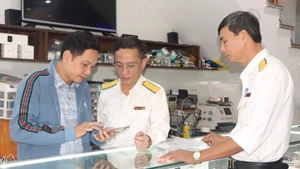However, according to experts, along with opportunities are not small challenges.
Specifically, demanding markets are increasingly demanding on rules of origin, quality standards, social responsibility, sustainable development, etc.
This requires businesses in Ho Chi Minh City in particular and Viet nam in general to innovate their business strategies, improve their management capacity, and proactively integrate to effectively take advantage of incentives from FTAs.
Ho Thi Quyen, Deputy Director of the Ho Chi Minh City Investment and Trade Promotion Center (ITPC), said: Ho Chi Minh City, as the economic, trade and international integration centre of the country, always identifies supporting the business community to effectively utilise FTAs as one of the key tasks.
ITPC is committed to continuing to accompany businesses through seminars, training, trade connections, providing market information, etc. to help businesses confidently integrate, improve competitiveness and develop sustainably.
Up to now, Viet Nam has signed 18 FTAs, of which 17 agreements have come into effect, opening the door to market access with more than 60 countries and territories, accounting for nearly 90% of global GDP.
Bui Hoang Yen, Representative of the Southern Trade Promotion Agency under the Ministry of Industry and Trade said that Viet Nam’s integration process is becoming more and more impressive, with participation in FTAs and access to large markets such as CPTPP and EU.
In 2024 alone, with a large economic openness, Viet Nam’s total trade turnover has reached 786.29 billion USD, of which exports grew by double digits at 14.3% over the same period in 2023, bringing a trade surplus of 24.8 billion USD.
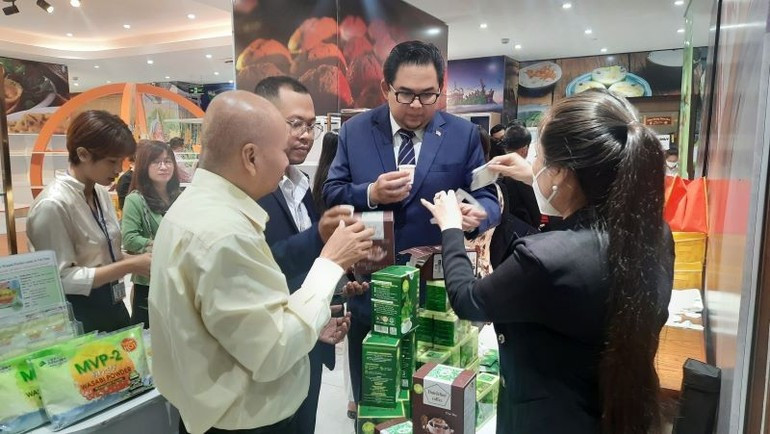
This growth was significantly boosted by the foreign direct investment (FDI) sector, which contributed 71.8% of the country’s total export turnover, especially in high-tech industries such as computers, electronic products, machinery and telephones.
In the two years (from 2023 to 2024), export revenue for goods enjoying preferential tariffs under FTAs achieved an average annual growth rate of 12.7%. Along with that, the signing of strategic FTAs has made Viet Nam an attractive destination for production lines from countries around the world.
Although the coverage of FTAs is large, the rate of tariff preferential utilisation by Vietnamese enterprises is only at an average level of about 30-40%.
Bui Hoang Yen, Representative of the Southern Trade Promotion Agency Office
However, according to Bui Hoang Yen, although the coverage of FTAs is large, the rate of tariff preferential utilisation by Vietnamese enterprises is only at an average level of about 30-40%.
The main barriers include dependence on large markets such as the US and China; low localisation rates leading to production requiring many imported raw materials; risk of supply chain disruption when import sources are interrupted; pressure to comply with increasingly strict international standards on environment, labour, intellectual property and trade regulations.
To overcome the challenges, experts say that Vietnamese enterprises need to proactively invest in improving the quality of the environment and working conditions to comply with international standards; at the same time, promoting the development of supporting industries and strengthening intra-bloc linkages are key factors to improve capacity and meet the rules of origin; strengthening close cooperation between small and medium-sized enterprises and the FDI sector to create synergy in the global supply chain.
Investors seek cooperation opportunities with Vietnamese enterprises at a trade promotion programme held in Ho Chi Minh City.
In addition, there needs to be more financial and credit support policies from the State, which is an important lever for enterprises, especially small and medium-sized enterprises, to have enough resources to comply with FTA requirements.
The synchronous implementation of these solutions will create motivation for Vietnamese enterprises to transform, take advantage of the international economic integration process, and turn challenges into development opportunities.
Meanwhile, according to Dinh Thi Huong Giang, Consulting Director, Grant Thornton Viet Nam Auditing and Consulting Company, FTAs have created great opportunities for Vietnamese enterprises, but at the same time, they also pose higher requirements for sustainable development.
When looking for new suppliers, international corporations will focus on many aspects, including legal and financial transparency, compliance with international regulations, ESG (environmental, social, governance) commitments, as well as the ability to control risks and continuous improvement.
Careful preparation for the supplier due diligence (VDD) process will help Vietnamese enterprises “score points” with major partners. Enterprises participating in the VDD process should not see this as a “burden” or “barrier”, but as an opportunity for enterprises to upgrade their governance standards.
If well prepared, enterprises will not only open a market, but also build a solid foundation for future development.
